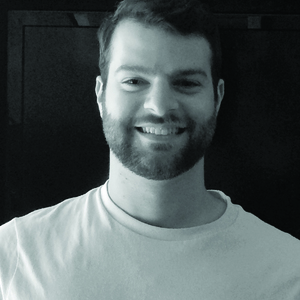DiBona: Distinction from ‘Scream Queens’ supplements premiere of ‘American Horror Story’
“I want to show you something you’ll enjoy,” Lady Gaga’s the Countess said to a little boy in the season premiere of “American Horror Story: Hotel” on Wednesday.
Ironically, what often held the show back was creator Ryan Murphy’s desire to show us too many things to enjoy. Despite its huge success, “American Horror Story” never seemed like it knew what kind of show it wanted to be. But that is no longer the case.
The season premiere was easily the best episode of “AHS” I’ve ever seen — though I have not seen the “Coven” season. This is partially because of the strengths of the show itself, but also because of another show, “Scream Queens,” Ryan Murphy’s latest television venture. By splitting several of his close creative interests into two different shows, Murphy has shown that sometimes the most effective content is created by the separating of ideas rather than the merging of them.
For a show with “horror” in the title, “AHS” was never particularly scary. The show seemed more interested in portraying campy, over-the-top horror à la “Rocky Horror Picture Show” or “Drag Me to Hell” than legitimately disturbing scares.
This would not be a problem as both of those movies are very enjoyable, but the show never felt like it fully embraced that style, either. Anything truly frightening was disarmed by quirky Theremin sounds and laughably bizarre juxtapositions, but you could never be fully amused by those things because the plot was so serious.
If “AHS” was ever going to enter the upper-echelon of television, something needed to be done about this incongruity.
Luckily, Ryan Murphy’s “Glee” came to an end, allowing him the time to create “Scream Queens.” Featuring several veterans of “AHS,” as well as famous horror icons, it’s essentially the perfect take on the campy horror described above.
It is a hilarious show that gets its humor from a well-informed over-indulgence in horror tropes, such as the sidesplitting take on what would happen if the characters actually tried to beat up the killer. This, I thought, was what “AHS” should’ve been all along.
The campy horror that muddled and confused the tone of the show was completely removed in the premiere of “American Horror Story: Hotel.” It was just plain scary and thrilling now, with nods to everything from cool neon vampire films like “The Lost Boys” to horror epics like “The Shining.” More focused than ever, it could end up being one of the best shows of the year.
The greatness of these shows demonstrates the importance of artists focusing on their ideas separately, rather than clustering them together.
So few people get a chance to create, they often try to get everything they want to say out at once. The problem is the great ideas get in each other’s way, preventing them from reaching their full effectiveness.
When you look at someone like Quentin Tarantino, his debut “Reservoir Dogs” is very impressive, but it was only after he separated his creative interests from it into separate films like “Pulp Fiction” and “Inglorious Bastards” that he found huge box office success, Oscars and became one of the most famous filmmakers of the past 25 years.
Ideas are at their strongest when they are at their purest. To get them from one’s head to the rest of a culture they must be delivered in as clear a way as possible.
Ryan Murphy has finally found two tools to deliver two of his biggest creative interests to the world and it will be exciting to see how he can handle them now going forward.
Mark DiBona is a senior television, radio and film major. His column appears weekly. He can be reached at mdibona@syr.edu and followed on Twitter @NoPartyNoDisco.
Published on October 12, 2015 at 11:26 pm







